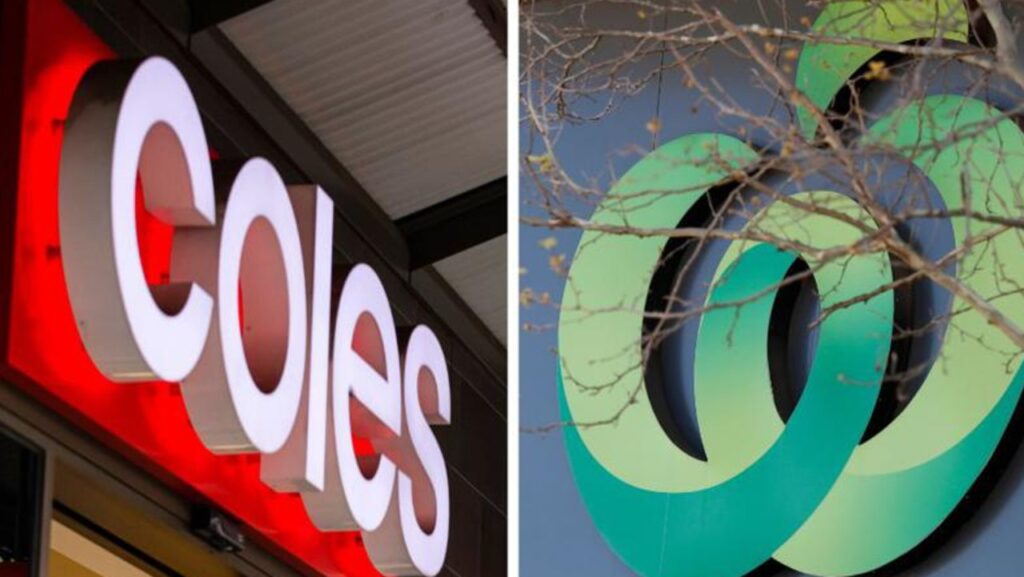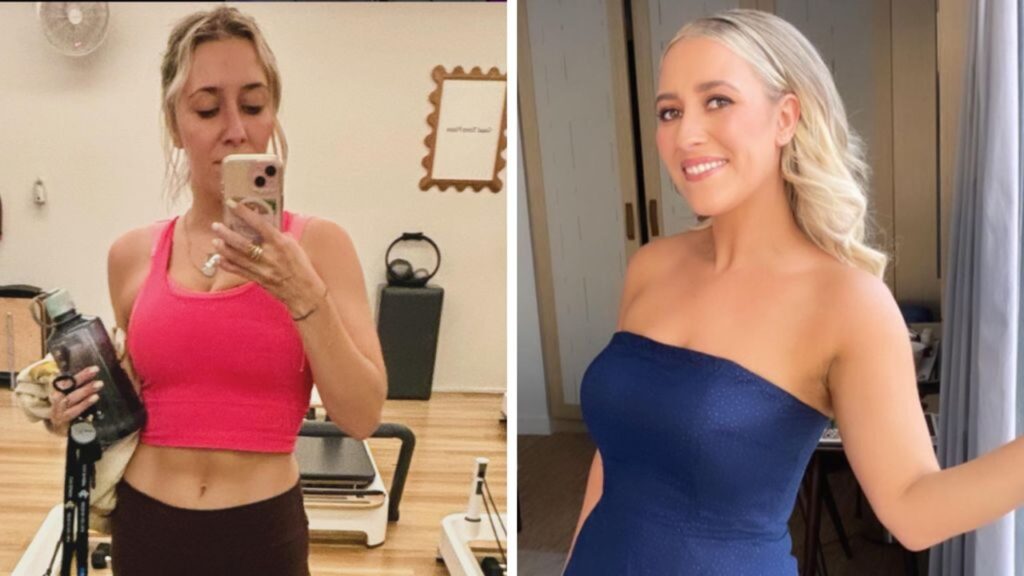Three for the price of two — Sydney home with studio and granny flat sells for $2 million
Written by admin on July 18, 2024
An unassuming house in south Sydney with an unusual rear add-on may offer a glimpse of the city’s “denser” future — and could be the only realistic solution for young people struggling to get into the world’s second most unaffordable property market.
The six-bedroom property on Mill Street in Carlton, which sold last month for $2.13 million, is really a typical three-bedroom 1930s cottage.
Tucked behind the main residence are not one but two separate self-contained dwellings — a two-bedroom granny flat and a one-bedroom studio, each with a bathroom and kitchenette.
“I’ve seen houses being split upstairs and downstairs with a granny flat, but I’ve never seen a house with a studio and a granny flat,” said selling agent Bill Tsounias from McGrath Sans Souci.
Mr Tsounias said he expected the trend to become more popular.
“Granny flats aren’t super common for us but we’re seeing it more and more,” he added, noting many were not for investors but “built for purpose” by parents to give their children somewhere to live.
“Our area lends itself to granny flats.”
The Mill Street listing described it as a “truly unique offering on a quiet street” that “presents a prime lifestyle opportunity for multi-generational families and investors”, close to local schools, beaches and St George Hospital.
The seller bought the home in 2008 for $592,000, more than tripling their money in 16 years.
The $1.54 million in additional value over that period equates to $96,000 per year, or 16 per cent of the original price annually.
Property records show the owner applied for a development application to add an extension in 2018, at an estimated build cost of $40,000.
“She’s done a really good job,” Mr Tsounias said.
“She got approval. Good on her, hats off to her.”
He added that Georges River Council had no issues with the application.
“Not at all, which [makes it] weird why more people aren’t doing it,” he said.
The property is currently fetching $1800 per week for the three dwellings.
Under NSW planning laws, a granny flat can have a maximum living space of 60 square metres while a studio can be 35 square metres.
“The biggest difference between a granny flat and a studio is that a granny flat is designed to be a permanent secondary dwelling, while studios should be treated as an extra room of your primary home,” Sydney building firm Granny Flat Solutions explains on its website.
“Generally speaking, as a studio is a non-inhabitable dwelling, it cannot be rented out. However, some councils may allow you to rent out your studio to someone who works from home, as long as they are not running a business, or to overnight guests in the same way you might rent out a room in your home. The regulations will vary depending on your local council, so it’s best to seek permission before you do so.”
The firm notes that if you “can’t choose between a studio or a granny flat”, you can “build both”.
“Provided the granny flat and studio are not attached, you don’t have to choose between an apartment for grandma and grandpa and a pool room for entertaining friends and family — you can have both!” it says.
“You can build a separate home for your young adult children and have a work-from-home space. Or build a granny flat to rent out and construct a studio for hobbies or for that home gym you’ve always wanted.”
Sydney was named as the world’s second most unaffordable property markets behind Hong Kong in a study by US academics last month.
The Demographia International Housing Affordability report, from researchers at California’s Chapman University, put Sydney, Melbourne, Adelaide, Brisbane and Perth all in the least affordable 25 per cent of cities globally.
The capital city median home price reached a fresh record in June of $855,000 despite a slowing in monthly growth, according to PropTrack.
Sydney’s median value was $1.11 million, a 37.8 per cent increase since March 2020 and 6.4 per cent higher year-on-year.
It would take a typical single school leaver 46 years to save a 20 per cent deposit on a median Sydney house and 18 years for a unit, according to analysis from comparison website Finder in May.
“Salaries can no longer pay for houses in Sydney,” Freelancer chief executive Matt Barrie observed on X earlier this year.
Real estate guru and auctioneer Tom Panos has previously bemoaned the reality that Sydney was now a city for the ultra-rich.
“A house, if you’re age 20, it will take you until the age of 60 to get a deposit,” he told Mark Bouris on the Yellow Brick Road podcast. “Back in the old days, that was the goal to have your home paid off by then, not to be saving for a deposit.”
Australia’s rental crisis, meanwhile, which has seen vacancy rates hover at record lows of around 1 per cent as rents skyrocket, showed signs of easing in June for the fourth consecutive month.
The national vacancy rate rose 0.09 percentage points to 1.42 per cent in June, according to PropTrack, led by Sydney where vacancies rose 0.2 percentage points to 1.68 per cent, the highest in more than 18 months.
“Supporting higher vacancy rates has been an increase in investor activity, which is contributing to an increase in the number of available rental properties,” PropTrack senior economist Anne Flaherty said.
“Despite the recent easing in vacancy rates, the chronic undersupply of rental properties is likely to continue over the next few years. Development activity is lagging population growth, with the shortfall in new housing worst in WA, Queensland and NSW.”
In December, NSW Premier Chris Minns announced controversial planning reforms to force the development of higher-density housing along transport routes, sparking fury from some councils who said the changes would destroy local heritage.
More Coverage
The Minns government watered down a major component of the signature policy in May in a bid to appease NIMBY councils, despite warnings Sydney had virtually no affordable rental properties left.
NSW Productivity Commissioner Peter Achterstraat last year said Sydney’s richest suburbs must become “taller” and “denser” to tackle the housing crisis.
Read related topics:Sydney







